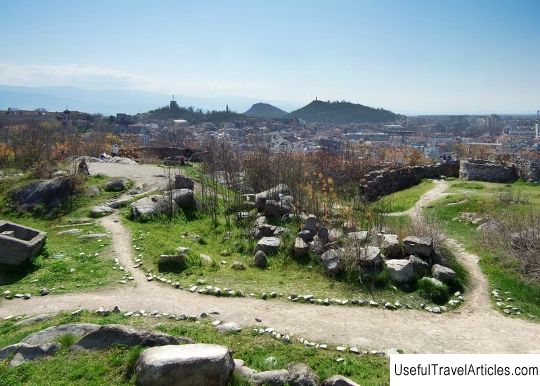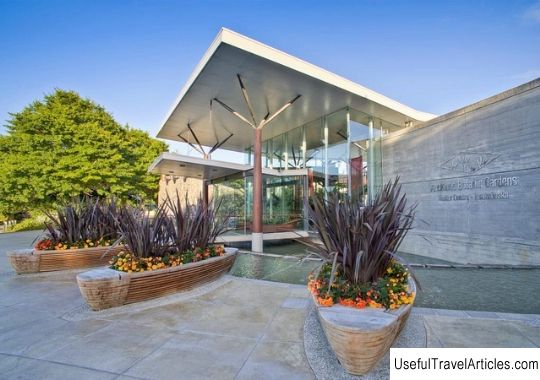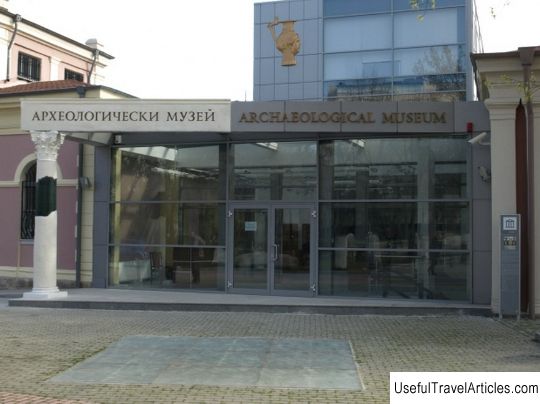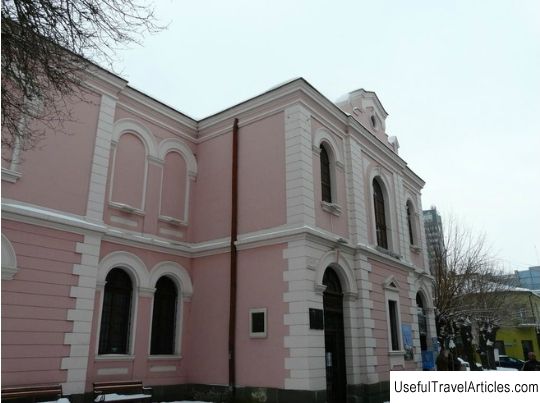Archaeological complex ”Nebet Tepe” description and photos - Bulgaria: Plovdiv
Rating: 8,4/10 (1209 votes) 
Archaeological complex "Nebet Tepe" description and photos - Bulgaria: Plovdiv. Detailed information about the attraction. Description, photos and a map showing the nearest significant objects. Photo and descriptionThe archaeological complex under the open sky "Nebet Tepe" is located on one of the peaks of Tricholmia. In ancient times, around the 4th century BC, several settlements arose here. One of them, the oldest and the most significant, was located on the Nebet Hill. The original settlement was established in a naturally fortified and sheltered location in front of the northern hill. Gradually expanding, it occupied the territory of neighboring hills, and then began to descend into the valley. This is how one of the most significant Thracian cities in Bulgaria appeared. The Illyrian-Thracian tribe of Bessa lived here. Among scientists, there is still no unequivocal opinion about the name of this settlement - Eumolpia or Pulpudeva. In 342 these lands were conquered by Philip the Great. The city, which received a new name Philippopolis, becomes an important center in the Balkans. It reaches its peak during the reign of Alexander the Great. Now Plovdiv is located in this place. It is one of the six oldest cities in operation to date. Probably, due to its advantageous location on the top of the hill, the Nebet Tepe complex continued to play an important role much later, during the Middle Ages - in the XIV century, there was a part of the city fortification. The oldest part of the fortress was built from large unconsolidated syenite blocks. The remains of the western wall with an imposing four-sided tower, which have survived to this day, date back to the Hellenistic period. Thick fortification walls enclose the palace of the aristocracy and other buildings. During archaeological excavations in the rock under the "Nebet Tepe" a secret tunnel was discovered, built in the Roman era (VI century). Once, one part of it came to the bank of the now defunct Maritsa River. Poterna (underground corridor) was used by couriers and scouts, but its main function was to supply the city with drinking water during the siege. A large reservoir of 300 thousand cubic liters has been preserved on the territory of the complex. Also, archaeologists have found a lot of household items and religious culture.      We also recommend reading Cinema ”Royal Vio” description and photos - Russia - North-West: Cherepovets Topic: Archaeological complex ”Nebet Tepe” description and photos - Bulgaria: Plovdiv. |




